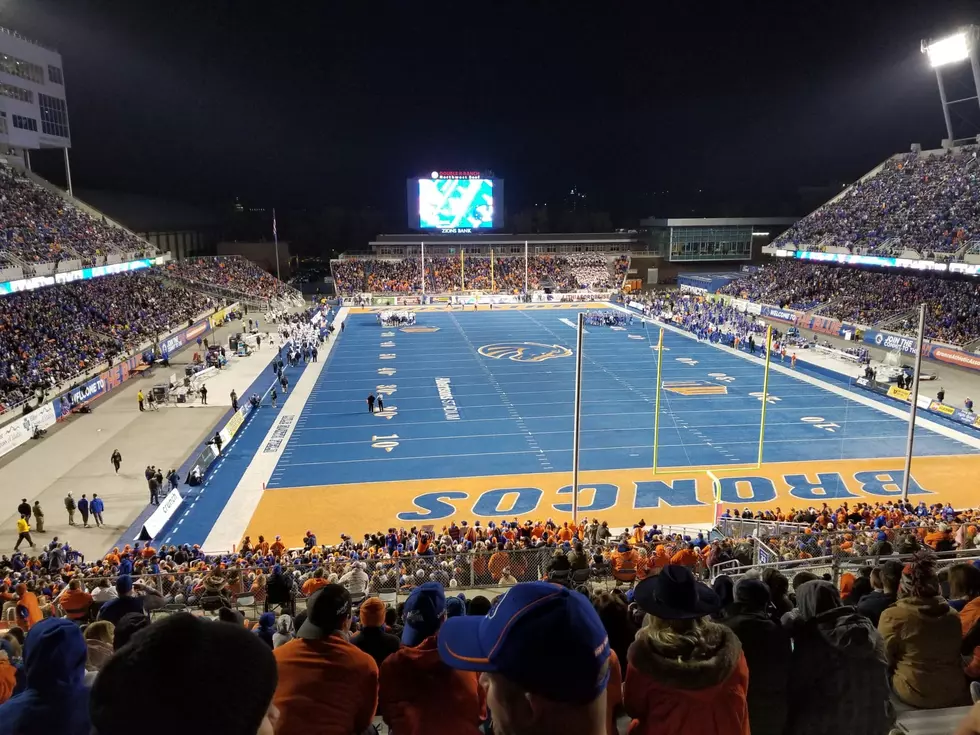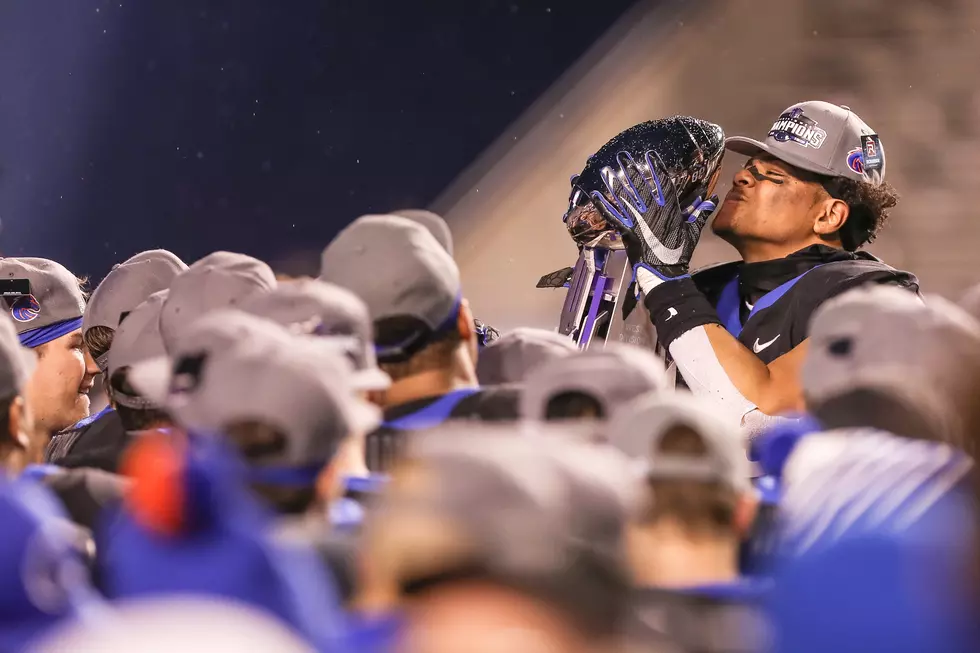
Why Boise State Has To Pay Their Athletes Today
The world of college athletics was rocked Tuesday by a ruling from the 9-0 ruling by the United States Supreme Court. The rare unanimous decision was against the NCAA involving additional education compensation to student-athletes.
After the SCOTUS ruling, there will not be a limit to what a university can compensate its athletes related to their education. To quote Andy Staples from The Athletic, "In other words, the NCAA's rules against schools paying athletes outright have not been declared illegal yet, but they will be if anyone would like to challenge them. So it would be best if the schools and the NCAA started adjusting their rules now so they will survive an antitrust challenge."
That ruling, along with NIL (Name Image and Likeness), will change the very nature of college athletics. Eight states have passed laws making it illegal not to compensate athletes for their play on the field. The NCAA is looking for a unified way to regulate athletes getting paid. Power Five schools with the most resources are expected to benefit the most from the SCOTUS ruling and the upcoming NIL implementation.
Boise State will be impacted because recruits will evaluate coaches, facilities, and conferences and how much they can expect to be compensated for their jersey sales, appearances, etc.. We've entered the unknown world of not only how much an athlete will play but how much will they get paid.
Boise State doesn't have the resources to compete with the big boys on the financial scale. However, I believe it won't be long before we see current Broncos, not former Broncos, endorsing/pitching local stores and products.
The move to compensate players with NIL and more educational resources will add a level of work for coaches from Boise State to Boston College. Programs that are slow to adopt paying players will be left behind, like those offensives that failed to adapt to the spread.
carbongallery id="60c8cb297f0c234d078c51fa"]
The 40 Best Cover Songs by Rock Bands
LOOK: See how much gasoline cost the year you started driving
More From Power 105.5


![Idaho Patriot Thunder Roars Through Idaho [Photos]](http://townsquare.media/site/658/files/2022/07/attachment-dsc07228.jpg?w=980&q=75)


![Star Celebrates Fourth Of July Parade [Photos]](http://townsquare.media/site/658/files/2022/07/attachment-star.jpg?w=980&q=75)


